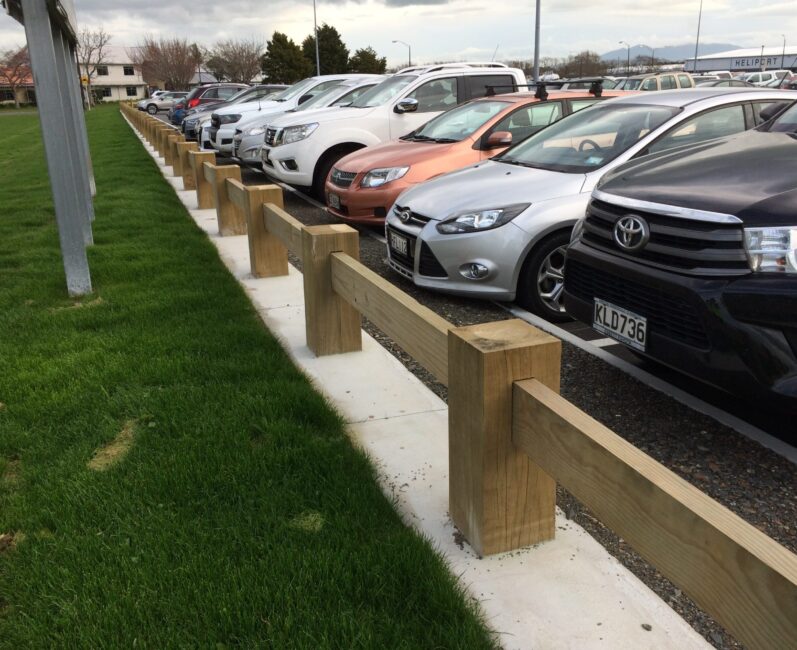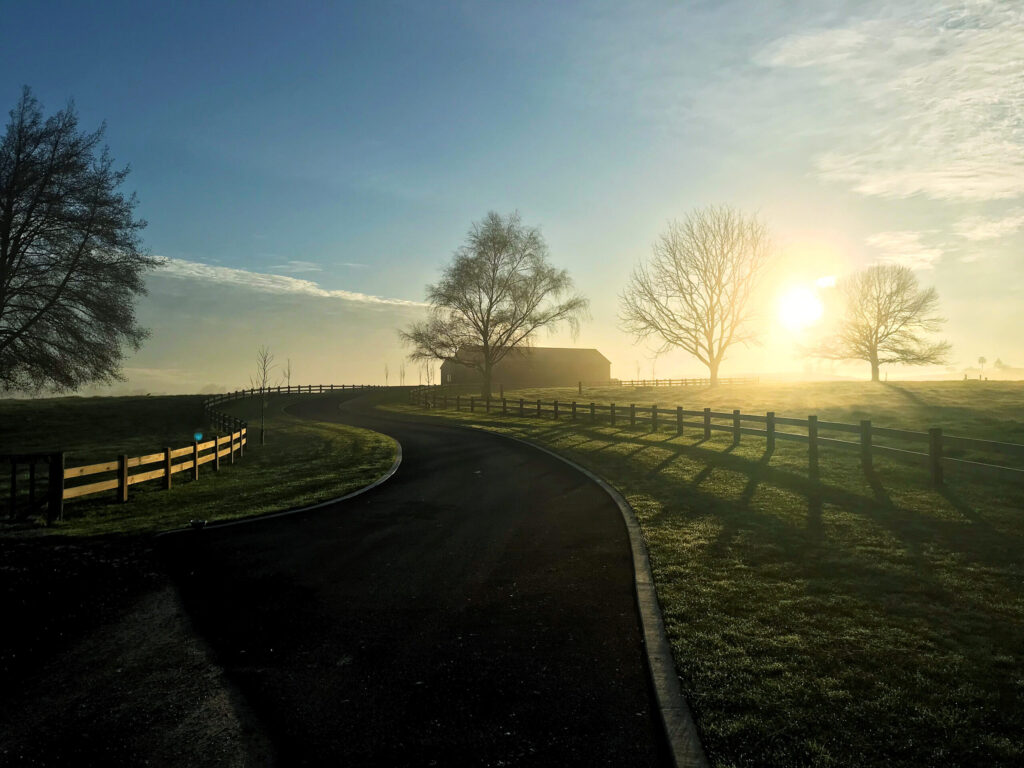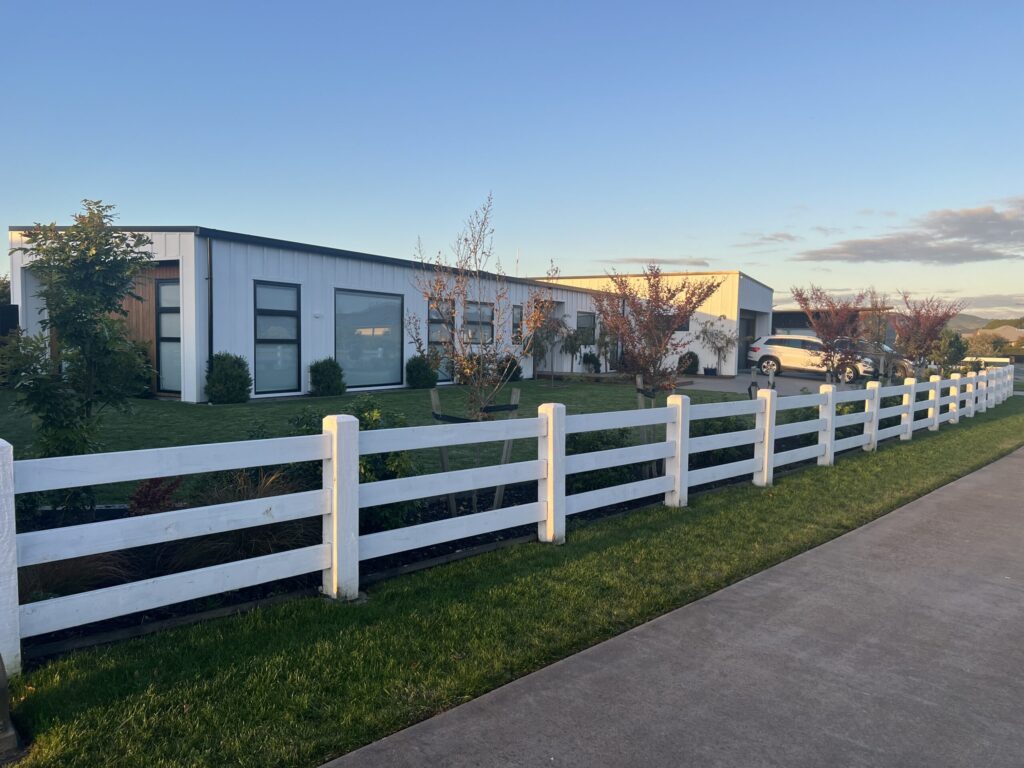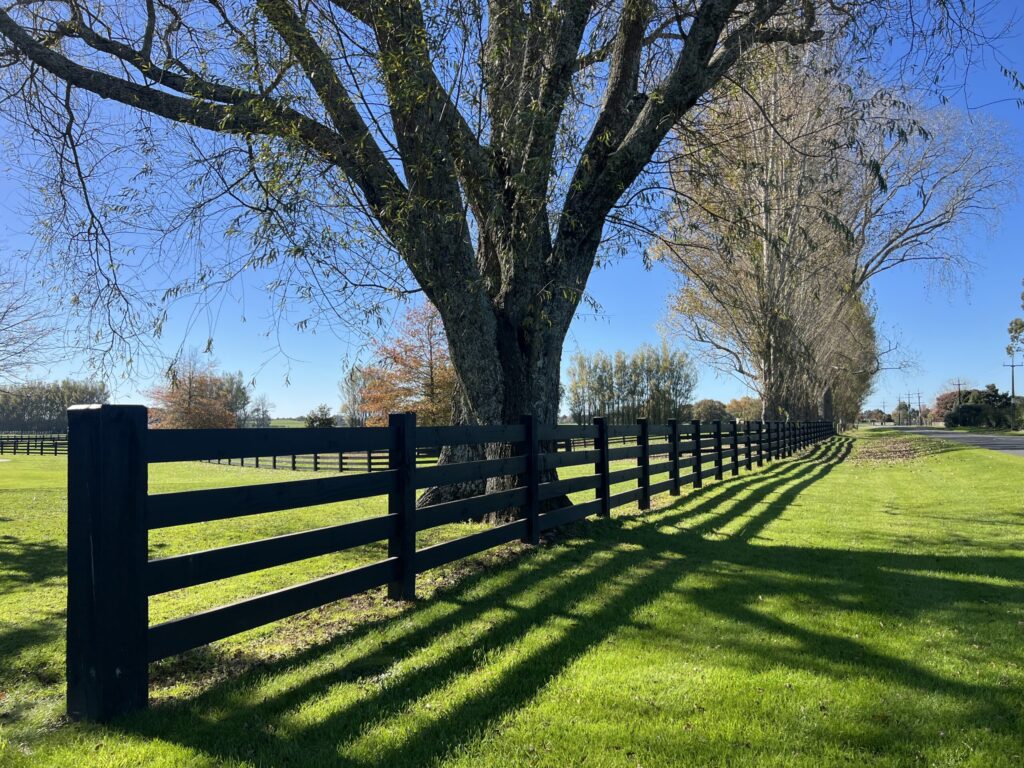Pros and Cons of 1-Rail, 2-Rail, 3-Rail, and 4-Rail Fencing System
Welcome to Beams & Timber Direct Ltd—your trusted partner in crafting elegant and resilient timber fencing solutions. Today, we’re exploring the nuances between 1-rail, 2-rail, 3-rail, and 4-rail fencing. Whether you’re aiming for aesthetic charm or practical coverage, this guide will help you choose the ideal configuration for your property.
1-Rail Fencing – Minimalist Boundary
Description & Use
- Typically sits around 0.6 m above ground
- Ideal as a decorative boundary marker—think garden edges, entrance accents, or boundary definitions without obstructing views.
Pros
- Cost-effective: Uses minimal material.
- Simplified installation: Fewer elements mean faster assembly.
Cons
- Limited containment: Not recommended for animal or child safety.
- Minimal visual presence: May not provide desired structure for larger properties.

2-Rail Fencing – Subtle and Functional
Description & Use
- Stands around 0.9 m tall
- Great for defining boundaries while still maintaining openness—suitable for gentle landscape demarcation and small-animal guidance.
Pros
- Maintains a simple, open-faced aesthetic.
- Still relatively inexpensive and easy to install.
Cons
- Not secure enough for large animals or high-traffic environments.

3-Rail Fencing – Balanced Strength & Style
Description & Use
- Finished height typically approximately 1.2 m above ground
- A versatile option for containing most livestock, including horses—widely used across rural settings
Pros
- Balanced budget-friendly pricing and functionality.
- Popular aesthetic—classic appeal with practical strength.
- Posts reach a height adequate for most large animals
Cons
- Depending on animal behavior, it may offer less security than a higher rail configuration.

4-Rail Fencing – Maximum Safety & Impact
Description & Use
- Also around 1.2 m tall, similar to 3-rail, but with better spacing and sturdier structure
- Preferred where heightened safety or visibility is needed—especially with spirited livestock or to elevate curb appeal
Pros
- Tighter spacing reduces risk of animals escaping or leaning through.
- Offers a more substantial, commanding visual presence.
- Enhanced structural support, ideal for busy or high-stress environments.
Cons
- More costly due to added materials.
- Slightly more labor-intensive to install.

Rail Option | Height Approx. | Best For | Advantages | Considerations |
1-Rail | ~0.6 m | Decorative boundary markers | Cheapest, simple design | Not secure, purely aesthetic |
2-Rail | ~0.9 m | Low-level demarcations | Cost-effective, airy feel | Still not ideal for larger animals |
3-Rail | ~1.2 m | General livestock containment, paddocks | Balanced cost/value, robust | May need upgrade for high-energy animals |
4-Rail | ~1.2 m (denser) | Security-focused areas, spirited livestock | Highly secure, impressive look | Higher materials cost, installation effort |
Note: 3-rail fences generally cost more than 2-rail, but less than 4-rail. Exact pricing depends on material and finish. Installation costs may vary based on rail count and setup complexity.
Why Choose Beams & Timber Direct Ltd?
- Premium Timber Quality: Choose between 150 × 50 mm or 200 × 50 mm rails, offered in 1.8 m and 2.0 m lengths
- Flexible Posts: Options range from 125 × 125 mm up to 400 × 400 mm for heavy-duty applications
- Custom Heights: 1-rail (0.6 m), 2-rail (0.9 m), and both 3- and 4-rail (1.2 m)—or tailored to your needs
- Aesthetic & Functional Flexibility: Match your fencing to your lifestyle and terrain with options that balance charm and durability.

